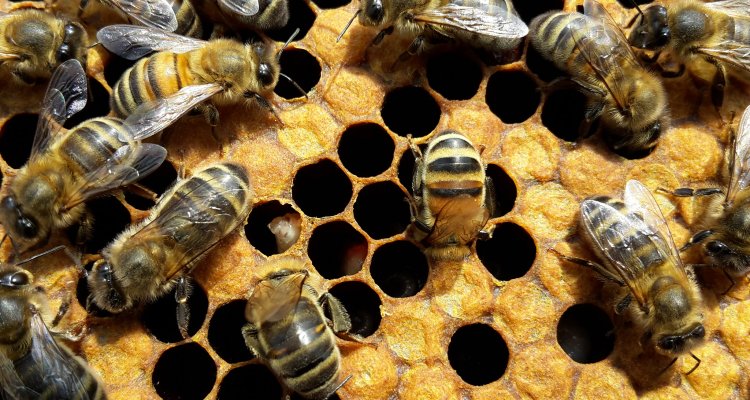
Bee diseases
Bees can suffer from all kinds of diseases and pests. Read more about the different bee diseases and pests and how to recognize, combat and prevent them.
Varroa destructor
Varroa mite disease (varroatosis) is caused by the ectoparasite Varroa destructor. This exotic parasite is a major threat for the European honeybee.
Small Hive Beetle
The Small Hive Beetle (Aethina tumida) has recently been introduced in Southern Italy in the province of Calabria. This species, new to Europe, parasitizes bee colonies with damaging effects.
Within its natural range, the small hive beetle is hardly regarded as a plague, as most honey bee colonies are able to cope with its presence. Only weakened and diseased colonies are susceptible to damage by the beetle. To some extent this is also the case in areas outside of its natural range, such as the United States and Australia. The damage is mainly done by the larvae, which feed on combs and anything found in them. This also means that stored frames can be infected. As larvae feed their way through the combs, they defecate, leaving the remaining honey to yeast. Contaminated honey is unsuitable for consumption.
Brood diseases: American foulbrood (AFB), European foulbrood (EFB) and Chalkbrood
Brood diseases affect honeybees in the larval and pupal stage. Although these diseases do not usually lead to the mortality of a colony, they can constrain its development. Brood diseases can be exacerbated by poor conditions for bees, such as bad weather and lack of food.
American foulbrood (AFB) and European foulbrood (EFB)
Important bacterial diseases are American foulbrood (AFB) and European foulbrood (EFB). These brood diseases are extremely contagious and difficult to eradicate. Their control requires radical intervention by the beekeeper. American foulbrood is a notifiable disease; a suspected outbreak must be reported to the competent authority.
Wageningen Bioveterinary Research conducts tests for the diagnostics of American foulbrood.
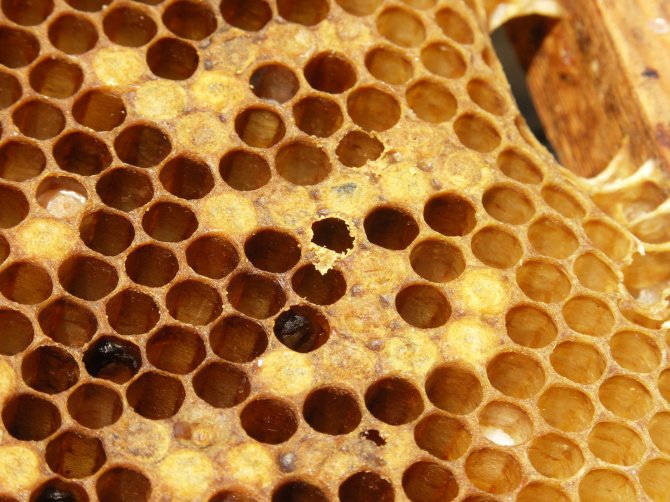
Chalkbrood
Chalkbrood is a fungal disease, which changes infected larvae and pupae into mummies. It often occurs during long spells of wet and cold weather.
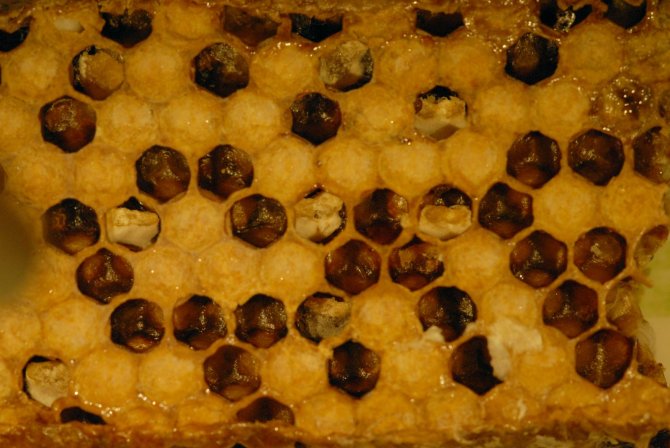
Viruses: Deformed Wing Virus (DWV) and Chronic Bee Paralysis Virus (CBPV)
Most viral diseases are latent in bee colonies and are rarely a problem. However, viral infections can be exacerbated by stressful situations and can cause incidental damage or even colony mortality.
Deformed Wing Virus (DWV)
Deformed Wing Virus (DWV) is a structural problem for the health of honeybees. It is primarily caused by the effective transmission of DWV by Varroa mite; the virus also replicates in Varroa mites. DWV can cause physical symptoms such as deformed wings, which in turns affect bee lifespan.
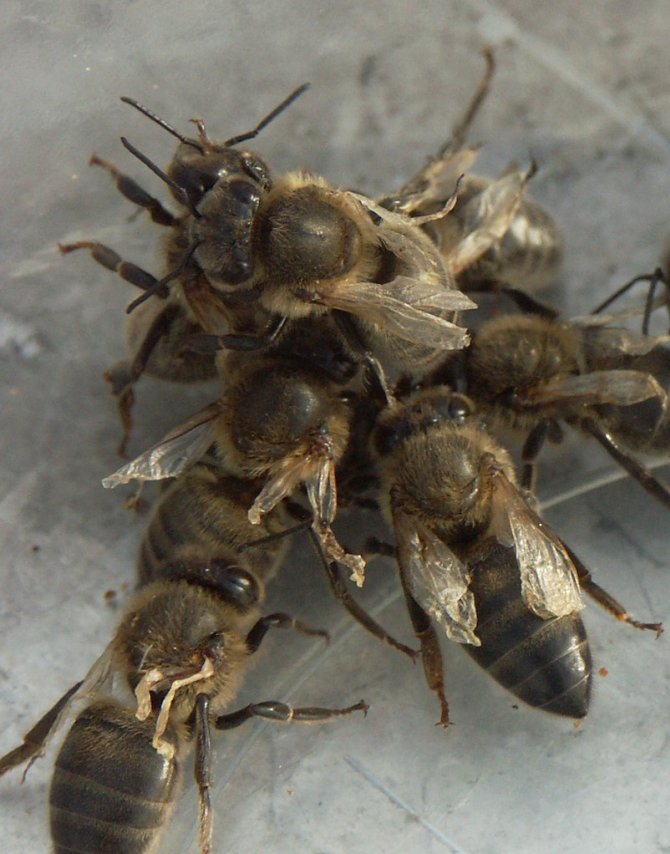
Chronic Bee Paralysis Virus (CBPV)
During long, cold periods in the growing season, the Chronic Bee Paralysis Virus (CBPV) can become a problem. This virus causes paralysis. Bees infected with this virus can be identified by their black colour and their lack of hair.

Other viruses
There are more viruses that affect the health of bees. Bees@WUR is conducting research into these in relation to bee mortality. Looking for information about viruses that are not mentioned here? Contact us.
Nosema apis and Nosema ceranae
Nosema is a disease that affects adult honeybees. It is caused by a unicellular parasite, which lives on the tissue in the midgut. Nosema is prevalent world-wide.
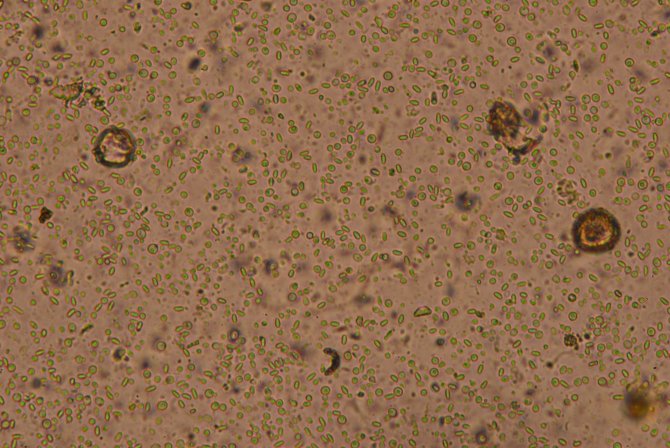
Nosema apis usually strikes in the spring. Long-lasting cold and rainy periods can result in insufficient pollen being produced; as a result bees become susceptible to this intestinal parasite. This can lead to mortality and dysentery. When this disease is prevalent, you will often find dead and cramped bees inside and in front of the hive.
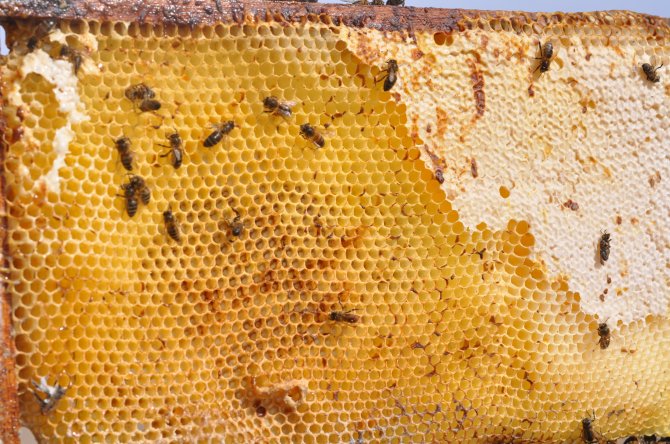
Tropilaelaps mite
Acarapis mite
Amoebic diseases
The amoeba Malpighamoeba can form cysts. When these cysts, which are consumed by the bees with their food, reach the rectum of the bee, the amoebae are released. They crawl back through the small intestine into the Malpighian tubules, where they multiply and eventually form cysts once again.
The amoebae damage and clog the Malpighian tubules. As a result, metabolic waste products build up and become toxic to the bee. They also disrupt the bee's water balance, causing dysentery.

Wax moths
Experienced beekeepers have a basic rule of thumb: be careful when storing honeycombs and hive material. And there is a reason for this! Wax moths can completely devour stored honeycombs. They can even destroy the wooden frame! By themselves, wax moths are not a threat for honeybees, but in weak colonies they can eat their way through the honeycombs.
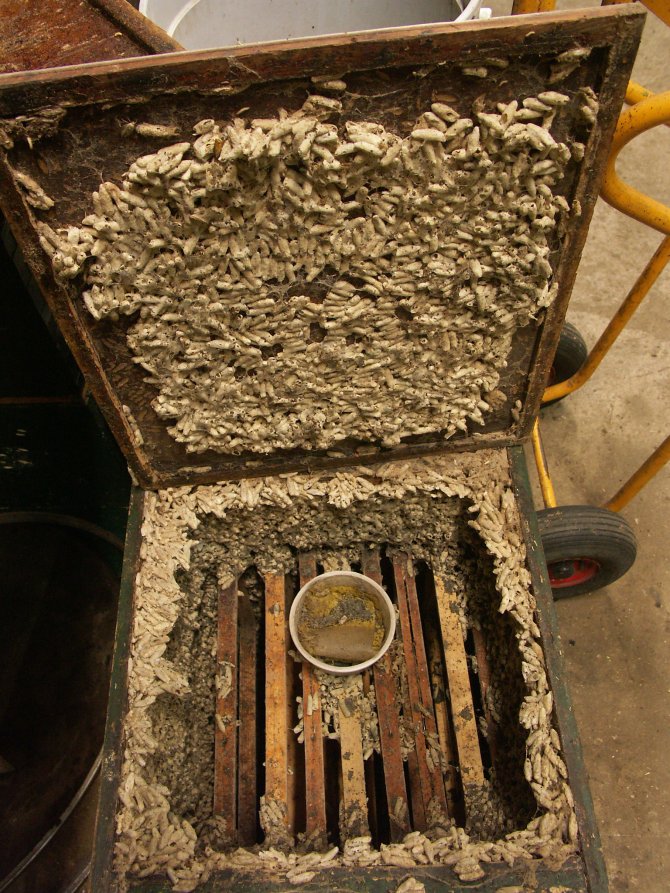
Bee louse - Braula coeca
The common name for Braula coeca is the bee louse. In reality, it is a wingless fly that is entirely dependent on honey bees for its survival. The bee louse no longer occurs in the Netherlands. This species probably disappeared due to the introduction of the Varroa mite. The products that are used to control the Varroa mite are harmful for this commensal organism.

